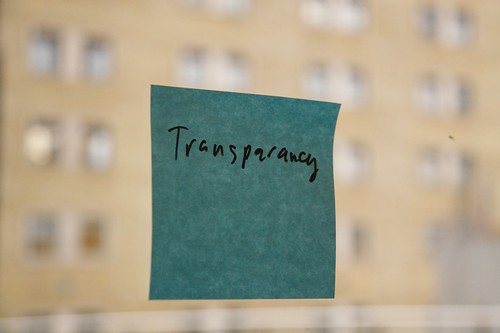
I’ve been reading Jane Jacobs’ The Death and Life of Great American Cities. It’s slow going, and the tome invites some pauses through it’s heft, let alone its content.
Early in the book, Jacobs focuses her examination not on blocks or parks or buildings, but on sidewalks as the keys to urban environments. Most specifically, Jacobs’ argument in the chapter centers on sidewalks a mechanisms for safety.
It is not police patrols that make the difference, she says, but the patrols of those who inhabit the space.
This, as most things do, got me thinking about education.
If, as Jacobs argues, it is the use of streets and their sidewalks that keeps these spaces safe, where are our best sidewalks in education?
The choisest answer would be the hallways of our schools. This, base don my own empirical evidence is not so. The bullying of my childhood, the fear of those who would torment me was greatest in the hallways and other similar spaces.
If anything, our classrooms are the most closely monitored educational spaces in schools. They are where our eyes are surveying for “appropriate behavior” and the like. Thse spaces are not the sidewalks of schools. They are the homes. They are the living rooms, kitchens, and dining rooms of schools. The safety of our classrooms is the safety we afford our families and those guests we welcome into our private spaces.
By all accounts, our hallways should be the sidewalks of our school communities. They are where we catch up, where we transact, where we get our news. Most importantly and most upsettingly, they are where we decide not to enforce the standards of our community.
In visiting schools across the country, I listen to the words of the hallways and watch the physical interactions. No matter the professed attitudes of respect, the lessons on character in the classrooms, the hallways bely the true stories of the cultures of our learning spaces. They are where we can look to measure what is expected and professed against what it allowed.
I do not mean to argue that we should monitor our hallways with draconian measures or install greater numbers of cameras. I would prefer the absence of guardians to such measures.
No, what we must do in our hallways, to keep the sidewalks of our schools safe, is simple. We must be present. Physically. Mentally. Morally.
For many schools, this is nothing new. The policy for teachers has been to stand outside their doors during passing periods for quite some time.
The extent to which I’m arguing presence, though, is new. It is not enough to stand outside classroom doors. Instead, we must be present like the neighbors Jacobs describes, interact with those passing through, and create the social capital of community.
To do less is to be another version of Big Brother. To do only a little more is to create spaces of safety and community.


